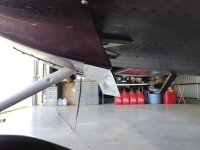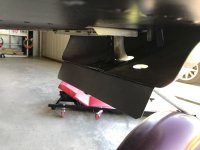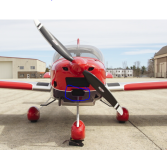For those of us that live and fly in the HOT south west. Keeping oil temps reasonable on full power climb outs requires step climbing, or power reduction. It seems if we could get 20% more efficiency from the oil cooler it would solve the problem.
Does anyone know of another oil cooler that would fit without excessive cowl modifications?
Does anyone know of another oil cooler that would fit without excessive cowl modifications?







